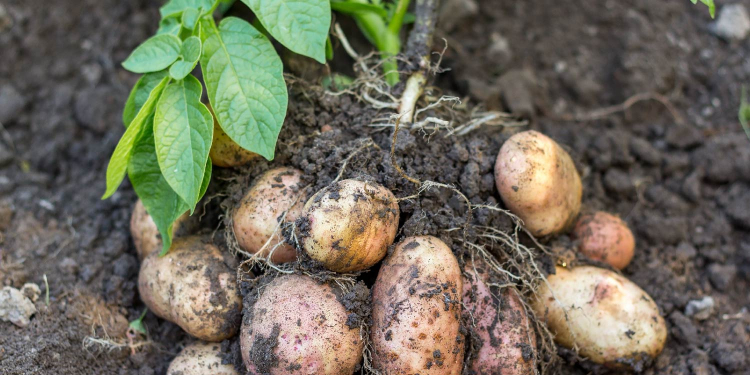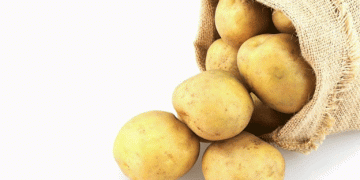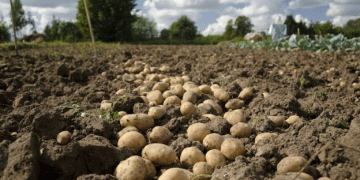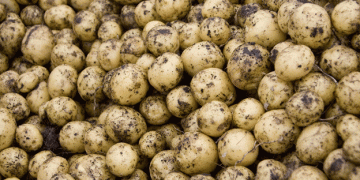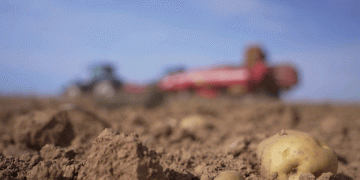When growing potatoes, the pH of the soil is important. It affects susceptibility to diseases.
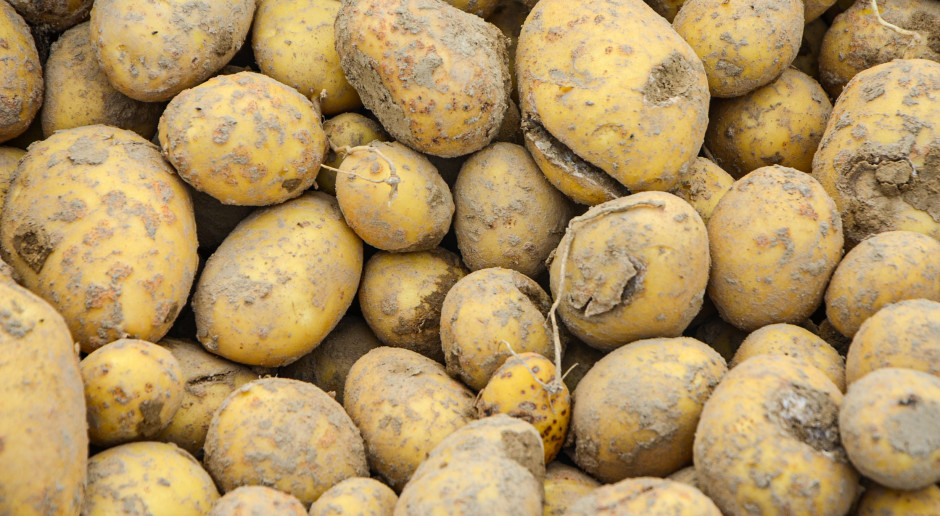
The cultivation of each plant should begin with regulating the soil pH. This also applies to the potato, because the pH of the soil determines its properties – physical (structure), chemical (availability of elements) and biological (activity of microorganisms). In short, it affects soil life and the development of crops, including potatoes. Common opinion is that the potato is the plant that tolerates acidic soil. Practitioners do not fully agree with this, who, for example in social media, inform that much higher yields are obtained in positions with regulated pH.
There is also a common belief that the soil for this cultivation does not require liming, because, as mentioned above, the plant is acidic. One can partially agree with this statement, because the potato roots do not acidify the rhizosphere (i.e. the plant’s root zone) and, with a higher pH, there are difficulties in the uptake of micronutrients (mainly manganese). Potatoes are most fertile when the soil pH is slightly acidic – pH approx. 6.0.
Which position for the potato?
It is true that this species is often grown in poor positions, even on very light sandy soils, but due to the fact that potato cultivation is more and more specialized, it is changing and the “better pieces” are selected. In book terms, it is best for the soil to be kept in good condition and capable of giving off excess water (the so-called optimal water and air conditions), because this condition enables the development of the root system and reduces the susceptibility to pathogens.
Scad and reagent
Liming treatment, i.e. raising the soil pH, should be performed at least two years before planting, because the plant reacts badly to the so-called fresh liming. Then there may be a problem with potato skin diseases, which is undoubtedly the scab. This disease also occurs when the soil pH is too high. And it is the fear of this pathogen that causes farmers to neglect liming.
Potato common scab, caused by a number of Streptomyces species,appears on the tubers as small brown spots that enlarge over time. Their appearance varies depending on the strain of the offender and the degree of resistance of a given variety, taking a flat, recessed, convex or mesh form. Being affected by this disease contributes to lowering the commercial value of the potato, as well as to storage problems.
The best conditions for the development of the scab offender are in light and airy soils, where the soil pH is greater than 5.2, but as mentioned earlier, it also develops at an alkaline pH of 7.5. This disease also “likes” high temperature: 20-30 ° C. Soil moisture is also important. Dry soil with field water capacity below 65-70%. intensifies the paralysis.
Varietal susceptibility also favors contracting the disease. Below we present examples of potato varieties that are characterized by increased tolerance to common scab (source: IHAR-PIB):
Edible varieties: Bila, Bohun, Cekin, Etiuda, Finezja, Gwiazda, Ignacy, Irga, Irys, Jurek, Laskara, Lord, Michalina, Miłek, Owacja, Tajfun.
Starch varieties: Amaranth, Boryna, Cedron, Glada, Harpun, Ikar, Inwestor, Jubilat, Kaszub, Kuba, Mieszko, Pasja Pomorska, Szyper.

Needed liming
We remind you that approx. 70 percent. Polish soils are acidic, so they need to be limed. The appropriate reaction depends on the type of soil: for light soil it is 5.5, and for medium and heavy soil it is 6.5. Potatoes like soil pH from 5.5 to 7.0, and at the same time with low salinity. The research shows that the highest yields are obtained on soils with a slightly acidic pH (less than 6.0). However, they are often grown in much more acidic locations – with a pH of even 4.5.
And it is worth remembering that at low soil pH, the availability of phosphorus and molybdenum, which are so important for this species, decreases. Additionally, the problem with perturbations related to aluminum and other heavy metals is also of importance.
When is the best time to perform liming for potatoes? After the harvest – before the stubble cultivation. The fertilizer lime can also be used for winter plowing. It should not be combined with, for example, manure, because then nitrogen gas losses in the form of ammonia occur. It is recommended to apply carbonate forms of lime to light soils in doses from 1.5 to 2 t CaO / ha. In turn, for other soils, available forms of lime in the amount of 2.5-3 t CaO / ha are recommended. It is very important in the prevention of shock prevention of potato common scab is a good mixing with the soil and fertilizer watch balance fertilization .
